Intro
Discover the causes of mastitis, a breast infection affecting lactating women, and learn about its symptoms, risk factors, and prevention methods, including breast anatomy and mammary gland health.
Mastitis is a common condition that affects millions of women worldwide, particularly those who are breastfeeding. It is an inflammation of the breast tissue, which can be caused by a variety of factors. Understanding the causes of mastitis is essential for preventing and treating the condition effectively. In this article, we will delve into the various causes of mastitis, its symptoms, and treatment options.
Mastitis can be a painful and distressing condition, especially for new mothers who are trying to navigate the challenges of breastfeeding. The condition can lead to a range of symptoms, including breast pain, swelling, redness, and fever. If left untreated, mastitis can lead to more serious complications, such as abscesses and scarring. Therefore, it is crucial to seek medical attention if symptoms persist or worsen over time.
The importance of understanding mastitis cannot be overstated. By recognizing the causes and symptoms of the condition, women can take proactive steps to prevent it and seek treatment promptly if it occurs. Moreover, healthcare providers can provide more effective support and guidance to patients who are experiencing mastitis. In this article, we will explore the various causes of mastitis, including bacterial infections, plugged ducts, and hormonal changes.
Introduction to Mastitis
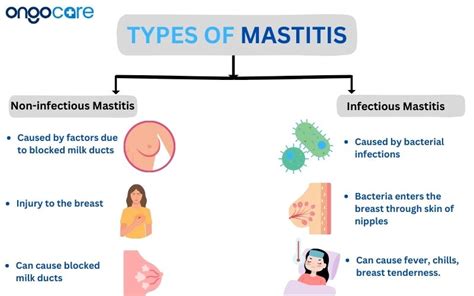
Causes of Mastitis
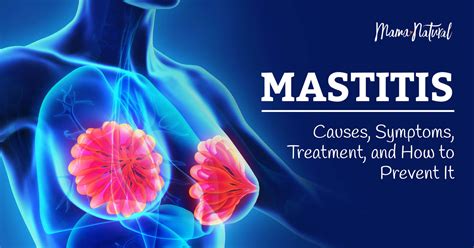
Types of Mastitis
Mastitis can be classified into several types, including: * Infectious mastitis: This type of mastitis is caused by a bacterial infection. * Non-infectious mastitis: This type of mastitis is not caused by a bacterial infection, but rather by other factors, such as plugged ducts or hormonal changes. * Periductal mastitis: This type of mastitis affects the ducts under the nipple.Symptoms of Mastitis
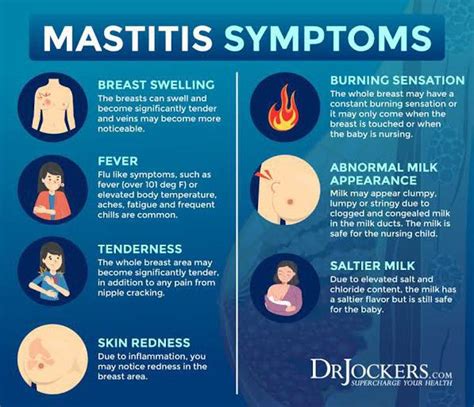
Diagnosing Mastitis
Mastitis can be diagnosed through a physical examination and medical history. A healthcare provider may also perform a breast examination and take a sample of breast milk or tissue to check for infection.Treatment Options for Mastitis
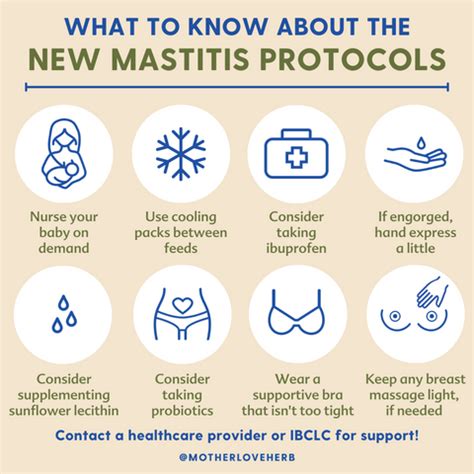
Preventing Mastitis
Preventing mastitis requires a combination of good breastfeeding technique, frequent feedings, and proper breast care. Women can reduce their risk of mastitis by: * Practicing good hygiene * Avoiding tight clothing * Getting enough rest and hydration * Avoiding smoking and stressComplications of Mastitis
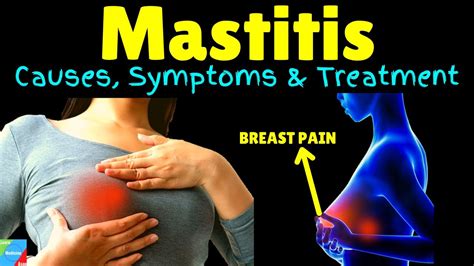
Managing Mastitis
Managing mastitis requires a combination of medical treatment and self-care. Women can manage mastitis by: * Following their healthcare provider's treatment plan * Practicing good breast care * Getting enough rest and hydration * Avoiding smoking and stressConclusion and Next Steps

We encourage you to share your experiences and thoughts on mastitis in the comments section below. Your feedback and insights can help to raise awareness and support for women who are affected by this condition. Additionally, if you have any questions or concerns about mastitis, please do not hesitate to reach out to your healthcare provider or a lactation consultant for guidance and support.
What are the symptoms of mastitis?
+The symptoms of mastitis include breast pain or tenderness, swelling or redness of the breast, fever, chills, fatigue, and nausea and vomiting.
How is mastitis diagnosed?
+Mastitis can be diagnosed through a physical examination and medical history. A healthcare provider may also perform a breast examination and take a sample of breast milk or tissue to check for infection.
Can mastitis be prevented?
+Yes, mastitis can be prevented by practicing good breastfeeding technique, frequent feedings, and proper breast care. Women can reduce their risk of mastitis by practicing good hygiene, avoiding tight clothing, getting enough rest and hydration, and avoiding smoking and stress.
